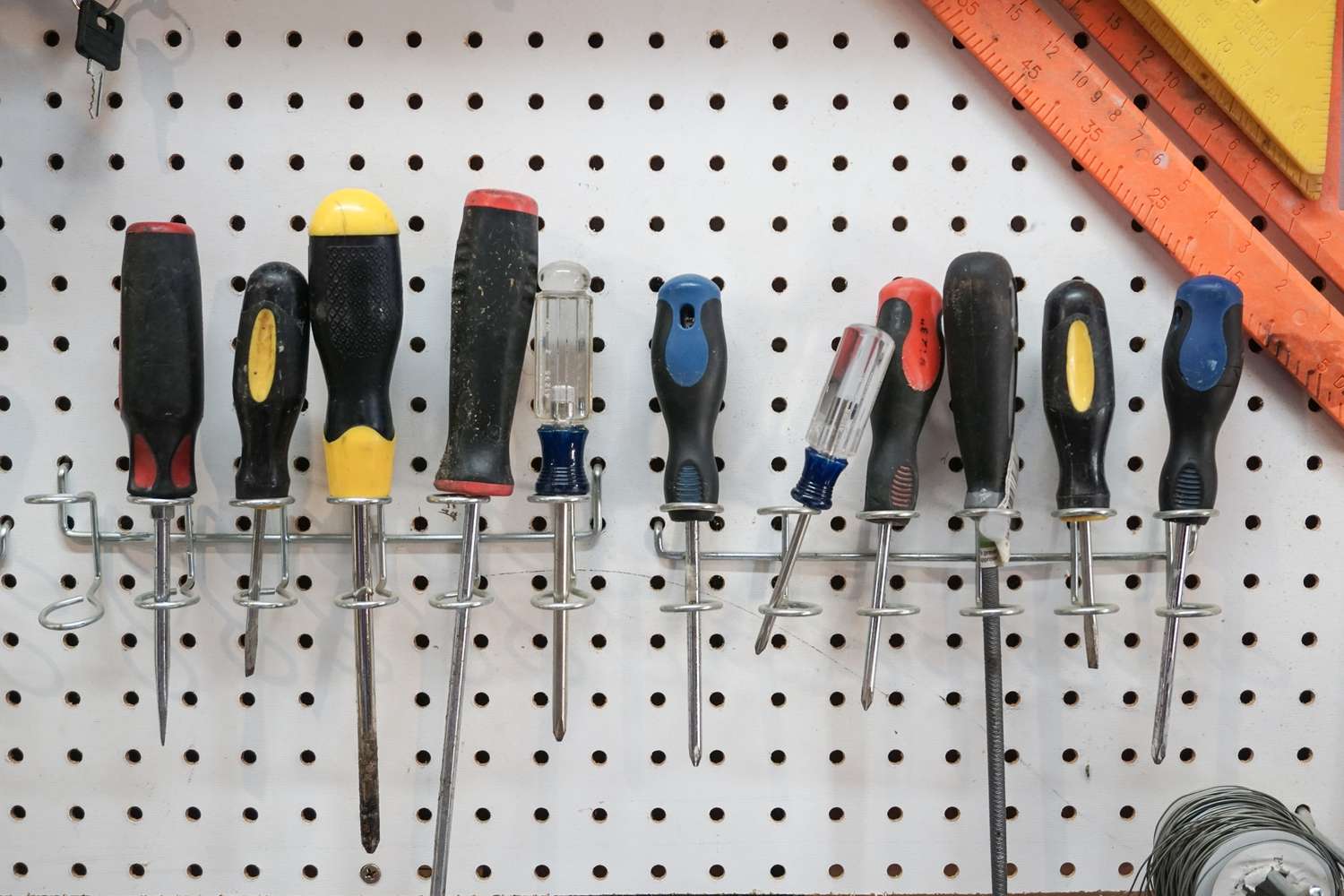

Articles
How To Store Screwdrivers
Modified: December 7, 2023
Learn the best ways to store and organize your screwdrivers with these helpful articles. Find tips and tricks to keep your tools easily accessible and well-maintained.
(Many of the links in this article redirect to a specific reviewed product. Your purchase of these products through affiliate links helps to generate commission for Storables.com, at no extra cost. Learn more)
Introduction
Welcome to the world of screwdriver storage! Whether you’re a professional mechanic or a DIY enthusiast, having an organized and easily accessible screwdriver collection is essential. No more wasting time searching for the right screwdriver or dealing with a jumbled mess of tools.
In this article, we will guide you through the process of storing your screwdrivers in a way that is both practical and efficient. We will delve into choosing the right storage solution, organizing your screwdrivers by type, properly storing them, and maintaining their quality over time. So, let’s get started!
Screwdrivers come in various types and sizes, from flathead and Phillips to Torx and hex. Each screwdriver serves a specific purpose, making it crucial to have them neatly organized and readily accessible. By following the steps outlined in this article, you’ll not only streamline your workflow but also extend the lifespan of your screwdrivers.
Before we dive into the details, take some time to assess your current screwdriver collection. Determine the number of screwdrivers you have, their types, and any specific features or accessories that accompany them. This will help you gauge the storage space and organization method you’ll need.
Once you have a clear picture of your screwdriver collection, it’s time to choose the ideal storage solution. Consider factors such as available space, portability, and ease of access. There are numerous options to explore, including toolboxes, tool chests, wall-mounted racks, and magnetic strips. We will discuss the pros and cons of each option to help you make an informed decision.
Now that you have selected the appropriate storage solution, it’s time to organize your screwdrivers. Group them by type and size, as this will make it easier to locate the right screwdriver for a specific task. You can create designated compartments or use color-coded labels to identify each screwdriver type.
Properly storing your screwdrivers is essential to protect them from damage and ensure their longevity. Avoid leaving them lying around loosely, as this increases the risk of misplacing or damaging the tools. We will explore different storage techniques, such as using dedicated slots, holders, or custom-made trays.
Finally, we will discuss how to maintain and clean your screwdrivers regularly. Proper maintenance not only helps to maximize their performance but also prevents rust, corrosion, and other forms of deterioration. We’ll share some easy-to-follow tips and techniques to keep your screwdrivers in top shape.
By implementing the steps outlined in this article, you’ll transform your chaotic screwdriver collection into a well-organized, efficient, and durable set of tools. Whether you’re a professional in need of a seamless workflow or a DIY enthusiast looking to elevate your tool storage game, this guide is here to help you optimize your screwdriver storage. So, let’s dive in and revolutionize the way you store your screwdrivers!
Key Takeaways:
- Efficient screwdriver storage involves assessing your collection, choosing the right storage solution, organizing by type, proper storage techniques, and regular maintenance. This ensures accessibility, protection, and longevity for your tools.
- Prioritize safety, invest in high-quality screwdrivers, and replace them as needed to maintain an organized and efficient workspace. By following these steps, you’ll be well-equipped for any project and enjoy the benefits of a well-maintained tool collection.
Read more: What Store Sells A Pentalobe Screwdriver
Step 1: Assessing Your Screwdriver Collection
Before diving into the world of screwdriver storage, it’s crucial to assess your current collection. Take a moment to gather all your screwdrivers and evaluate their types, sizes, and any additional features or accessories that accompany them.
Start by sorting your screwdrivers into categories based on their types. Common types include flathead, Phillips, Torx, hex, and specialty screwdrivers. By organizing them in this way, you’ll have a clearer understanding of what you’re working with.
Next, examine the quantity of each type of screwdriver you have. Do you have an abundance of flathead screwdrivers but only a few Phillips screwdrivers? This assessment will help you determine your storage needs based on the prevalence of each type of screwdriver in your collection.
Consider the sizes of your screwdrivers as well. Some tasks may require smaller or larger screwdrivers, so it’s important to have a variety on hand. Take note of the different sizes you have to ensure that your storage solution can accommodate them all.
In addition to type and size, pay attention to any unique features or accessories that come with your screwdrivers. Some screwdrivers may have interchangeable bits, magnetic tips, or ergonomically designed handles. These factors can affect how you store and organize your screwdrivers.
By conducting this assessment, you’ll have a comprehensive understanding of your screwdriver collection. This knowledge will guide you in selecting the most suitable storage solution and organization method. It will also help you identify any gaps in your collection that may need to be filled to ensure you have the right screwdriver for any task.
Once you’ve completed the assessment, consider keeping a record or inventory of your screwdrivers. This can be as simple as a spreadsheet or a notebook where you list each type, size, and any special features or accessories. Having this inventory will not only serve as a reference when organizing and storing your screwdrivers but also help you keep track of any additions or replacements to your collection in the future.
Now that you have assessed your screwdriver collection, you’re ready to move on to the next step: choosing the right storage solution. Let’s explore the various options available to ensure your screwdrivers are stored in a way that is convenient, secure, and easy to access.
Step 2: Choosing the Right Storage Solution
Now that you’ve assessed your screwdriver collection, it’s time to choose the right storage solution. The ideal storage option will depend on factors such as available space, portability, and ease of access. Let’s explore some popular choices:
- Toolbox: A toolbox is a versatile and portable option for screwdriver storage. It typically features multiple compartments and drawers, allowing you to organize your screwdrivers by type and size. Look for a toolbox with customizable dividers or foam inserts to keep your screwdrivers secure and prevent them from shifting during transport.
- Tool Chest: If you have a larger screwdriver collection or want to store other tools along with your screwdrivers, a tool chest might be the perfect solution. Tool chests are larger and provide more storage space than a toolbox, with multiple drawers and compartments. Look for one with dedicated slots or trays specifically designed for screwdrivers.
- Wall-Mounted Rack: If space is a concern, consider a wall-mounted rack. These racks feature hooks or slits where you can hang your screwdrivers vertically, keeping them visible and easily accessible. Wall-mounted racks are a great option if you have limited floor or countertop space. Just make sure the rack is secured properly and can handle the weight of your screwdrivers.
- Magnetic Strip: A magnetic strip is a space-saving and convenient option for storing screwdrivers. Simply mount the strip on a wall or workbench, and the magnetic surface will securely hold your screwdrivers in place. This option allows for quick and easy access, as the screwdrivers are within arm’s reach. However, keep in mind that magnetic strips may not be suitable for screwdrivers with non-magnetic or non-ferrous materials.
- Custom-Made Tray: For a more specialized storage solution, consider creating a custom-made tray. This involves carving out slots or compartments in a block of foam, wood, or plastic to fit your screwdrivers perfectly. By customizing the tray, you can ensure each screwdriver has its designated spot, minimizing the risk of damage or misplacement.
When selecting a storage solution, consider the size and weight of your screwdrivers, as well as any additional features or accessories. Ensure that the chosen option can accommodate your entire screwdriver collection comfortably. Also, think about your workspace and how the storage solution will integrate into it.
It’s worth noting that you are not limited to choosing just one storage solution. Depending on the size of your collection and your specific needs, you may opt for a combination of different storage methods. For example, you might have a toolbox for larger screwdrivers and a wall-mounted rack for the commonly used ones.
Remember, the goal is to select a storage solution that is practical, convenient, and ensures the longevity of your screwdrivers. With that in mind, let’s move on to Step 3, where we’ll discuss organizing your screwdrivers by type for easy access and efficiency.
Step 3: Organizing Screwdrivers by Type
Now that you have chosen the right storage solution, it’s time to organize your screwdrivers by type. Organizing them in this way will make it easier to locate the right screwdriver for a specific task and maintain a tidy storage system.
Start by separating your screwdrivers into different categories based on their types, such as flathead, Phillips, Torx, hex, and specialty screwdrivers. This initial categorization will provide a clear overview of your collection and make the organization process more manageable.
Next, consider creating designated compartments or using color-coded labels for each screwdriver type. This will further streamline the organization process and help you quickly identify the desired screwdriver. For example, you can use dividers within your toolbox or tool chest to create sections for each type of screwdriver, or label each hook on a wall-mounted rack with the corresponding screwdriver type.
If you have a large collection, consider using an indexing system. Assign each screwdriver type a unique number or alphanumeric code, creating an index that serves as a reference guide. You can note this index on your toolbox, tool chest, or wherever you store your screwdrivers. This way, you can easily find the specific screwdriver you need by referring to the index and locating the corresponding compartment or label.
Additionally, you may find it helpful to organize your screwdrivers within each type based on their size or other distinguishing features. This sub-organization can be done using dividers or separate compartments within the designated section for each type. For example, within the Phillips screwdriver section, you can further separate them by size, such as small, medium, and large. This will help ensure that the screwdrivers are easily accessible and organized within their respective categories.
Remember to regularly review and update your organization system as your screwdriver collection evolves. As you acquire new screwdrivers or replace old ones, ensure they are slotted into the appropriate category and that the organization system is still efficient.
By organizing your screwdrivers by type, you’ll create a system that optimizes your workflow and reduces the time spent searching for the right screwdriver. Now that your screwdrivers are neatly organized, let’s move on to Step 4, where we’ll explore proper storage techniques to protect your screwdrivers from damage and maintain their quality over time.
Store screwdrivers in a designated tool drawer or organizer to keep them organized and easily accessible. Consider using a magnetic strip or rack to hold them in place and prevent them from getting lost or damaged.
Step 4: Properly Storing Screwdrivers
Now that you have organized your screwdrivers by type, it’s important to store them properly to protect them from damage and ensure their longevity. By following these storage techniques, you can keep your screwdrivers secure and easily accessible:
Dedicated Slots: If your storage solution has built-in slots or compartments specifically designed for screwdrivers, utilize them. These slots provide individual spaces for each screwdriver, preventing them from rolling or sliding around and reducing the risk of damage. Make sure each screwdriver is placed securely in its designated slot.
Holders and Clips: If your storage solution doesn’t have dedicated slots, you can use holders or clips to keep your screwdrivers in place. Available in various sizes and designs, holders and clips are designed to hold screwdrivers securely and prevent them from rattling around. Attach these holders or clips to the interior of your toolbox, tool chest, or other storage containers.
Custom-Made Trays or Foam Inserts: Another option is to create custom-made trays or foam inserts to fit your screwdrivers perfectly. By carving out slots or compartments in a block of foam, wood, or plastic, you can create a custom storage solution. This ensures that each screwdriver has its designated spot and prevents them from moving around during transport or storage.
Magnetic Strips or Bars: If you’re using a magnetic strip or bar as your storage solution, ensure that each screwdriver adheres securely to it. Arrange the screwdrivers in an organized manner, with enough space between them to easily grab the desired one. Periodically check the adhesive force of the magnetic strip or bar to ensure that it remains strong enough to hold the screwdrivers in place.
Handle-Up Position: Regardless of your chosen storage method, it’s generally recommended to store screwdrivers in a handle-up position. This helps prevent the tips from chipping or getting damaged, as they are less likely to come into contact with other tools or surfaces. The handle-up position also allows for easier identification and retrieval of the desired screwdriver.
Secure Closure: If you’re using a toolbox or tool chest, make sure it has a secure closure mechanism. This will prevent the tools, including your screwdrivers, from accidentally falling out or getting lost. A lockable closure is especially important if you need to transport your tools and want to ensure their safety.
Avoid Overcrowding: When storing your screwdrivers, avoid overcrowding them or cramming too many into a single space. This can lead to tangling, scratching, or damaging the tools. If necessary, consider expanding your storage solution or reevaluating your collection size to ensure that each screwdriver has enough space and is easily accessible.
By implementing these proper storage techniques, you can protect your screwdrivers from damage and maintain their quality over time. Now that your screwdrivers are securely stored, let’s move on to Step 5, where we’ll discuss the importance of maintaining and cleaning your screwdrivers regularly to prolong their lifespan.
Read more: How To Use A Screwdriver
Step 5: Maintaining and Cleaning Screwdrivers
To ensure the longevity and optimal performance of your screwdrivers, regular maintenance and cleaning are essential. Follow these steps to keep your screwdrivers in top shape:
Inspect for Damage: Before each use, inspect your screwdrivers for any signs of damage such as bent shafts, chipped tips, or worn handles. Do not use damaged screwdrivers, as they can lead to errors and potentially cause damage to the fasteners.
Wipe Clean: After each use, wipe down your screwdrivers with a clean, dry cloth to remove any debris, dust, or oil. This helps prevent the accumulation of grime and ensures smooth operation during future use.
Lubrication: Periodically lubricate the moving parts of your screwdrivers, such as the hinges and pivot points, to maintain their smooth operation. Use a light machine oil or a specialized lubricant specifically designed for tools. Apply a small amount of oil to the designated areas and work the screwdriver back and forth to distribute the lubricant evenly.
Rust Prevention: To prevent rust from forming on your screwdrivers, avoid storing them in damp or humid environments. If you notice any signs of rust, gently clean the affected areas using a rust remover or a mixture of vinegar and water. After cleaning, dry the screwdrivers thoroughly before returning them to storage.
Handle Care: Take care of the handles of your screwdrivers, as they can become worn or damaged over time. If the handles are made of wood, periodically inspect them for cracks or splinters and sand down any rough edges. For rubber or plastic handles, clean them with mild soap and water, avoiding harsh chemicals that can degrade the material.
Tip Care: The tips of your screwdrivers are vital for proper functionality. If the tips become worn or damaged, they can cause slippage and damage to fasteners. Use a file or a sharpening stone to restore the sharpness and shape of the tips. Take caution when sharpening to maintain the original angle of the tip.
Proper Storage: We discussed proper storage techniques in Step 4, but it’s worth mentioning again. Ensure that your screwdrivers are stored securely and in a dedicated space to avoid unnecessary jostling or damage. Keep them separate from other tools and materials that can potentially scratch or bend the tips.
Regular Maintenance: Set a schedule for routine maintenance of your screwdrivers to ensure they remain in optimal condition. This can be as simple as performing a quick inspection and clean-up every few months. By incorporating regular maintenance into your tool care routine, you can extend the lifespan of your screwdrivers and maintain their performance.
Replace When Necessary: Despite proper care and maintenance, screwdrivers will eventually wear out over time. If you notice significant damage or wear that cannot be repaired, it may be time to replace the screwdriver. Investing in high-quality screwdrivers and replacing them as needed will ensure you always have reliable tools at your disposal.
By following these maintenance and cleaning practices, you’ll prolong the lifespan of your screwdrivers and maintain their performance. Now that you have learned how to properly care for your screwdrivers, let’s conclude our guide on screwdriver storage and maintenance.
Conclusion
Congratulations on completing your journey to efficient screwdriver storage and maintenance! By assessing your screwdriver collection, choosing the right storage solution, organizing your screwdrivers by type, properly storing them, and maintaining their quality, you have transformed your chaotic collection into an organized and reliable set of tools.
Remember, the key to successful screwdriver storage is accessibility, protection, and longevity. By implementing the steps outlined in this guide, you’ll reduce the time spent searching for the right screwdriver, prevent damage and wear, and ensure your tools are always ready for use.
Keep in mind that your screwdriver collection may evolve over time, so periodically reassess your needs and make necessary adjustments to your storage and organization methods. By staying organized and maintaining the quality of your screwdrivers, you’ll be better equipped to tackle any project that comes your way.
In addition to proper storage and maintenance, always prioritize safety when working with screwdrivers. Use the appropriate size and type of screwdriver for each task, apply the proper amount of force, and wear appropriate protective gear when necessary. Safety should always be the top priority in any DIY or professional project.
Lastly, investing in high-quality screwdrivers and replacing them as needed will ensure you have reliable tools by your side. Choose screwdrivers made from durable materials with comfortable and ergonomic handles, allowing for comfortable and efficient use.
Now that you have learned how to store and maintain your screwdrivers, apply these techniques to your own collection and enjoy the benefits of an organized and efficient workspace. No more wasting time searching for the right screwdriver or dealing with damaged tools.
Thank you for joining us on this journey. We hope this guide has provided you with valuable insights and practical tips for screwdriver storage and maintenance. Happy organizing and may your future projects be smooth and successful!
Frequently Asked Questions about How To Store Screwdrivers
Was this page helpful?
At Storables.com, we guarantee accurate and reliable information. Our content, validated by Expert Board Contributors, is crafted following stringent Editorial Policies. We're committed to providing you with well-researched, expert-backed insights for all your informational needs.
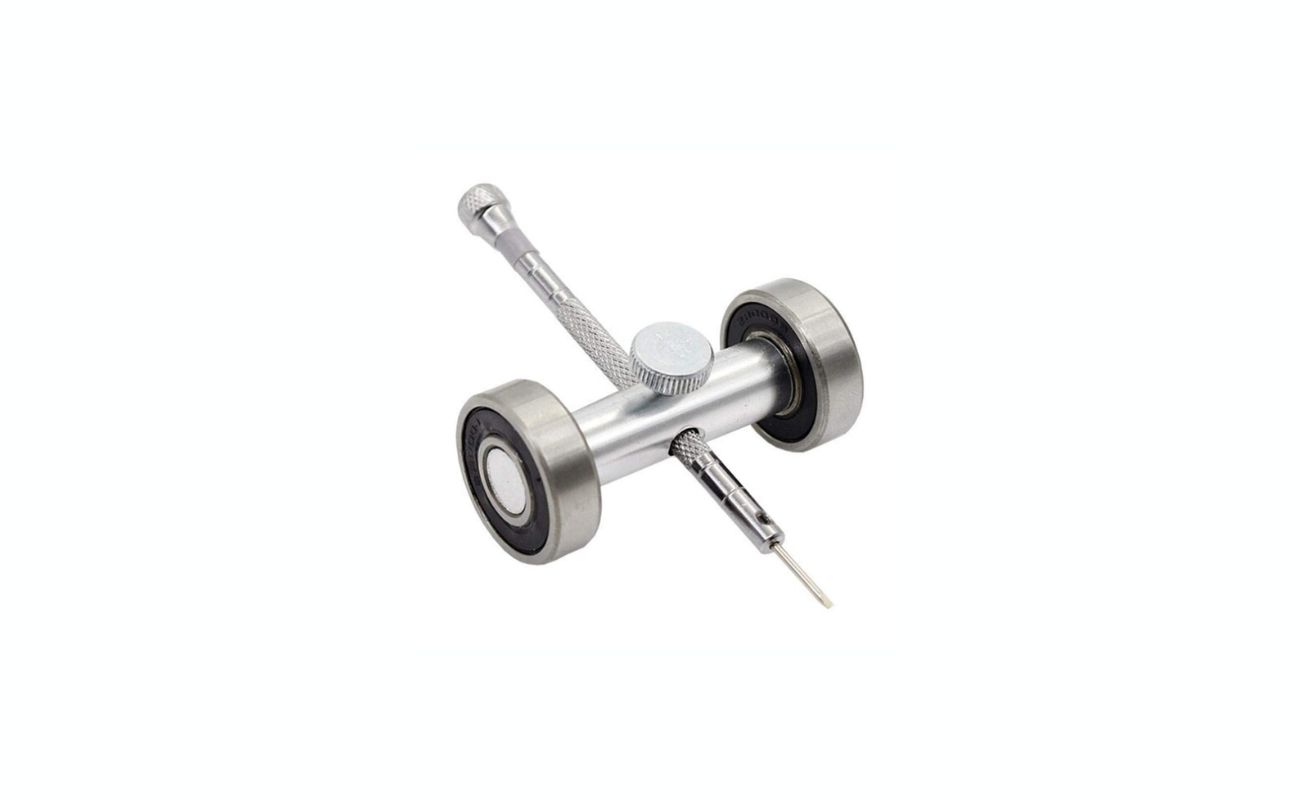
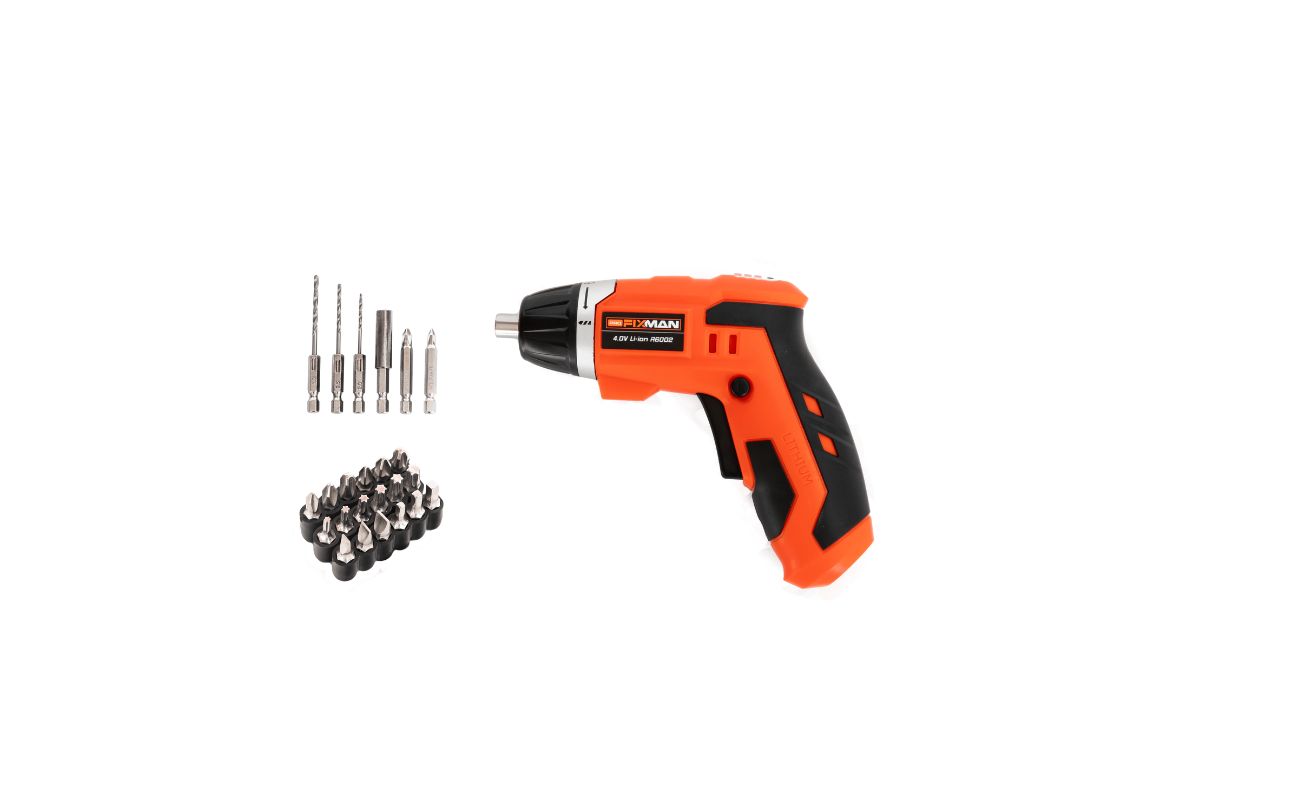
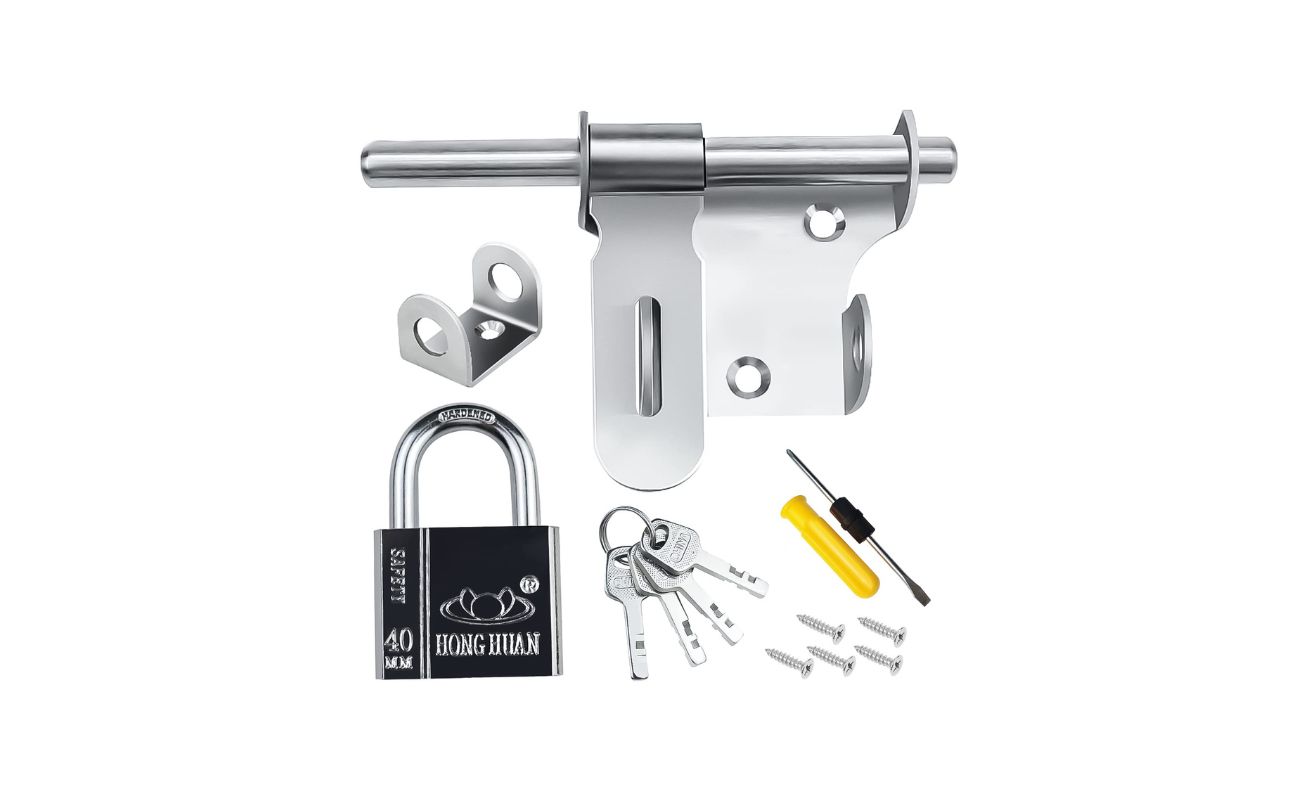
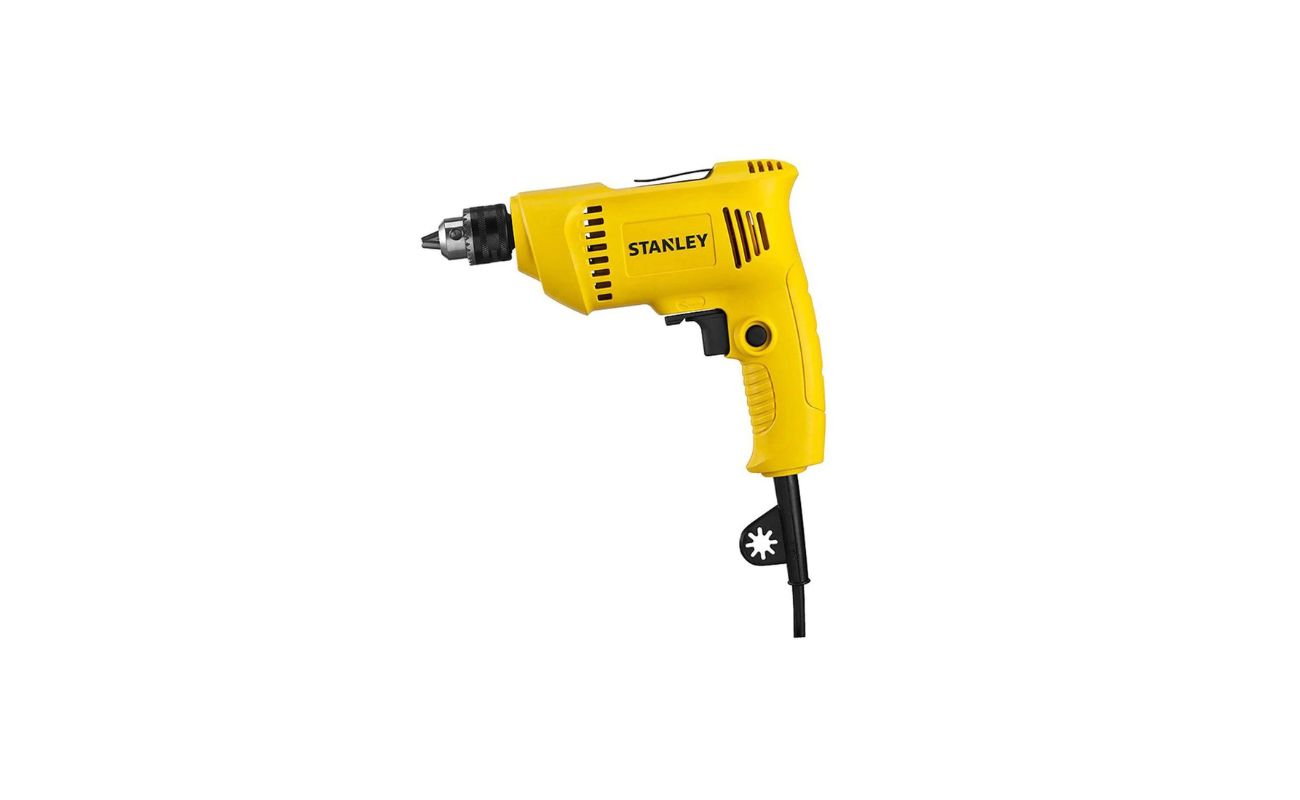
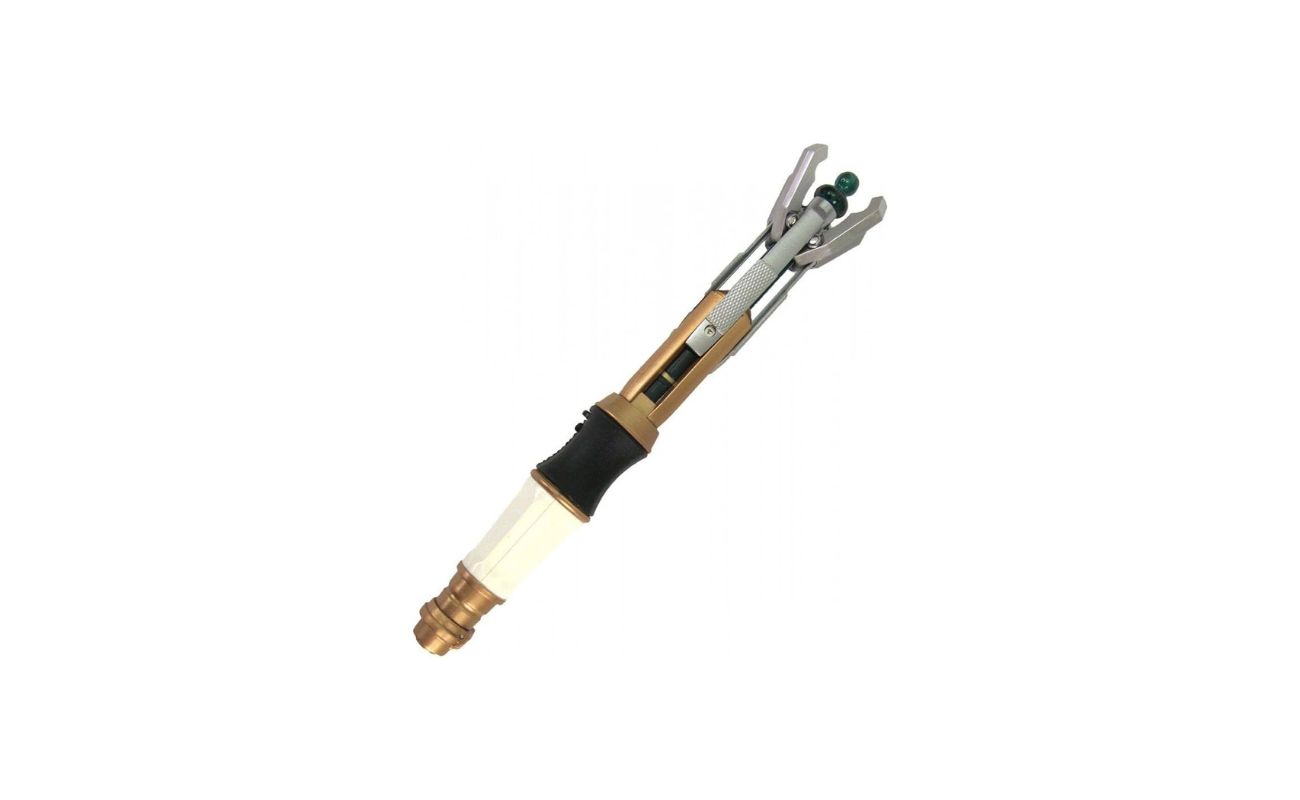

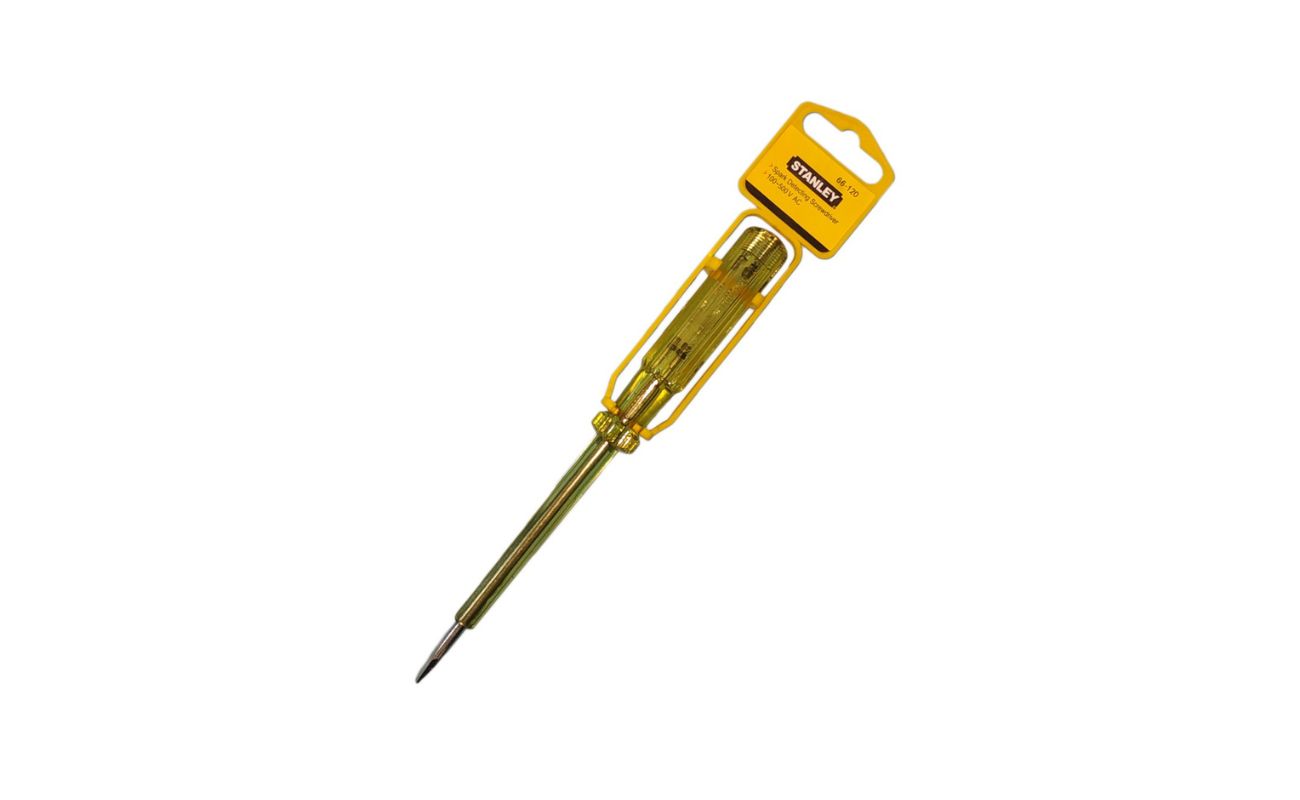
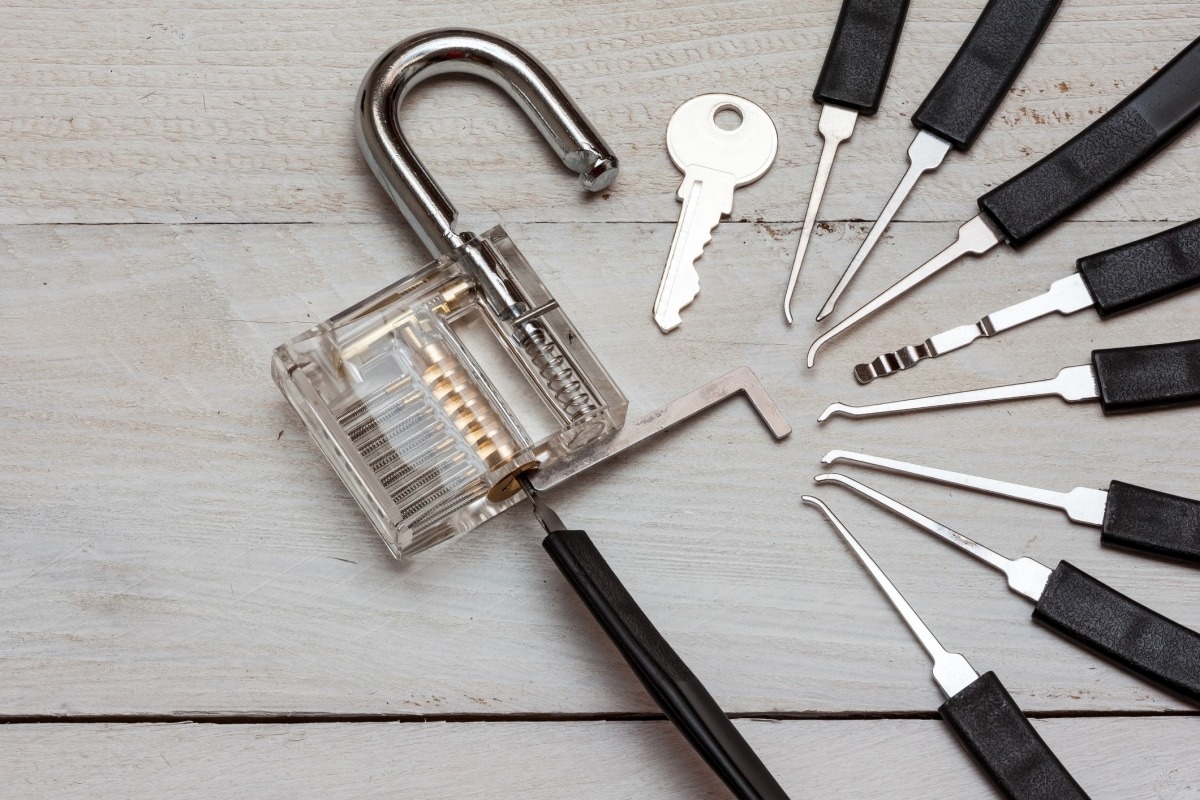
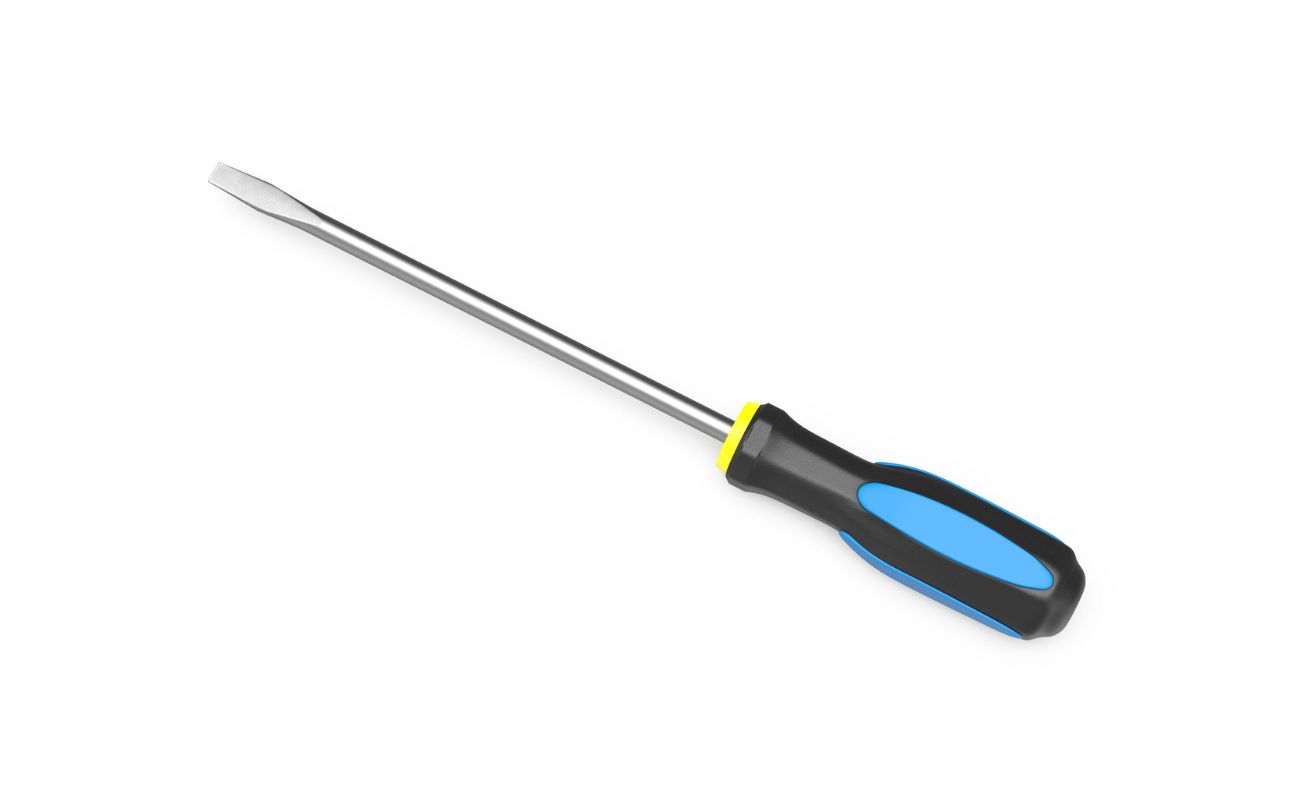
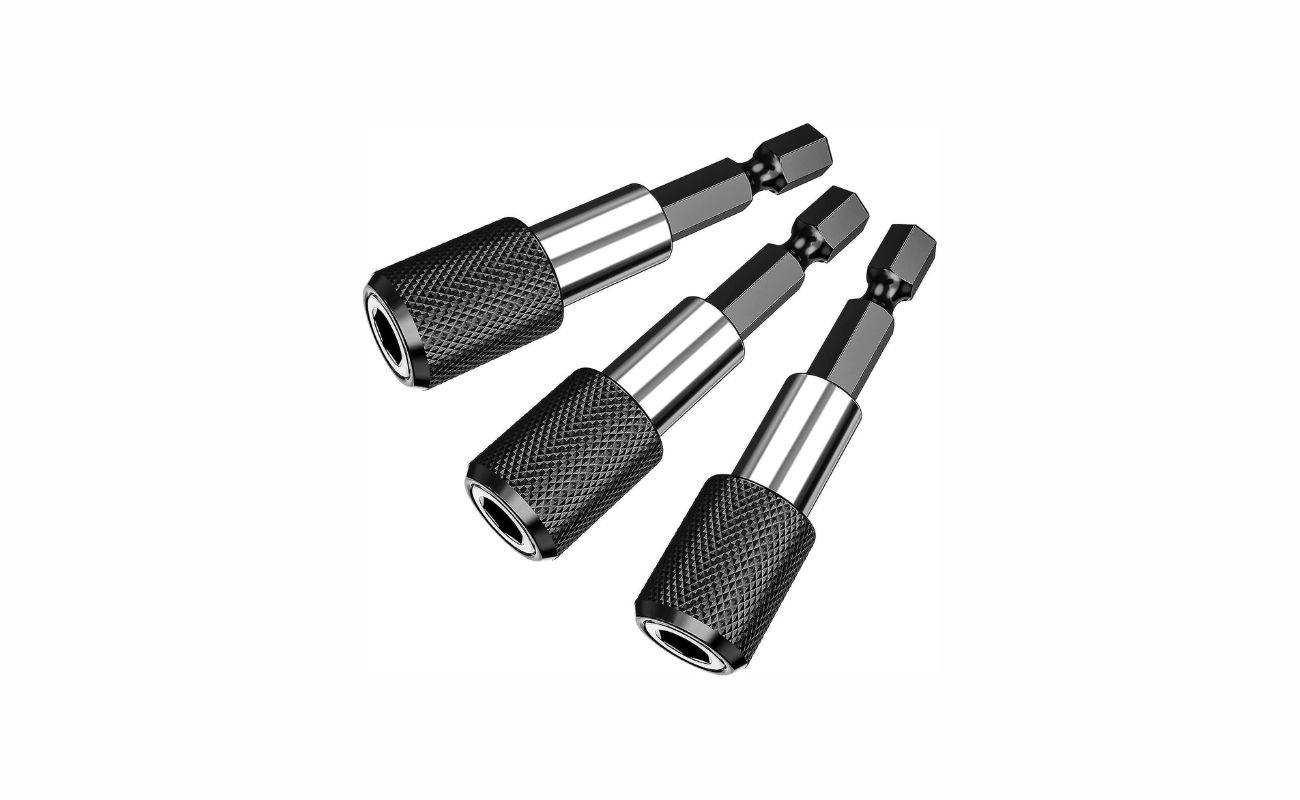

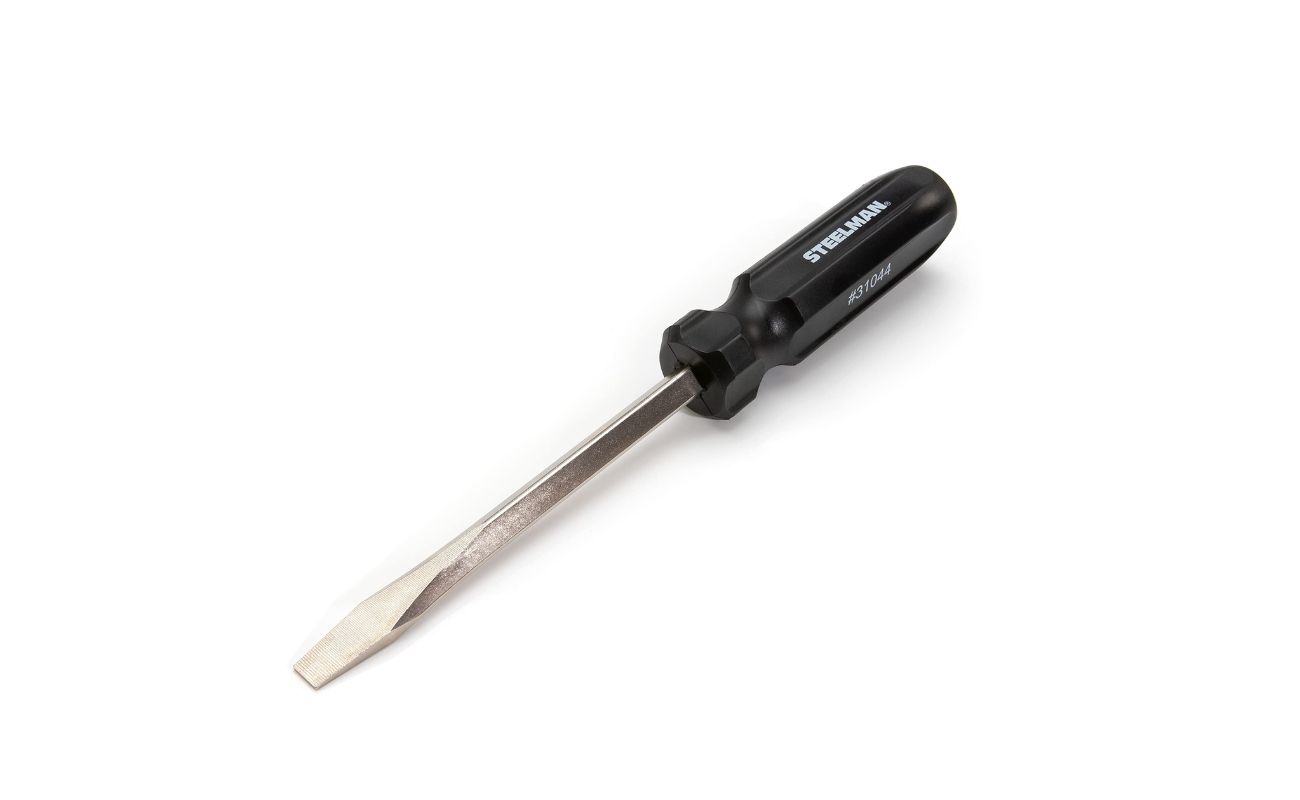
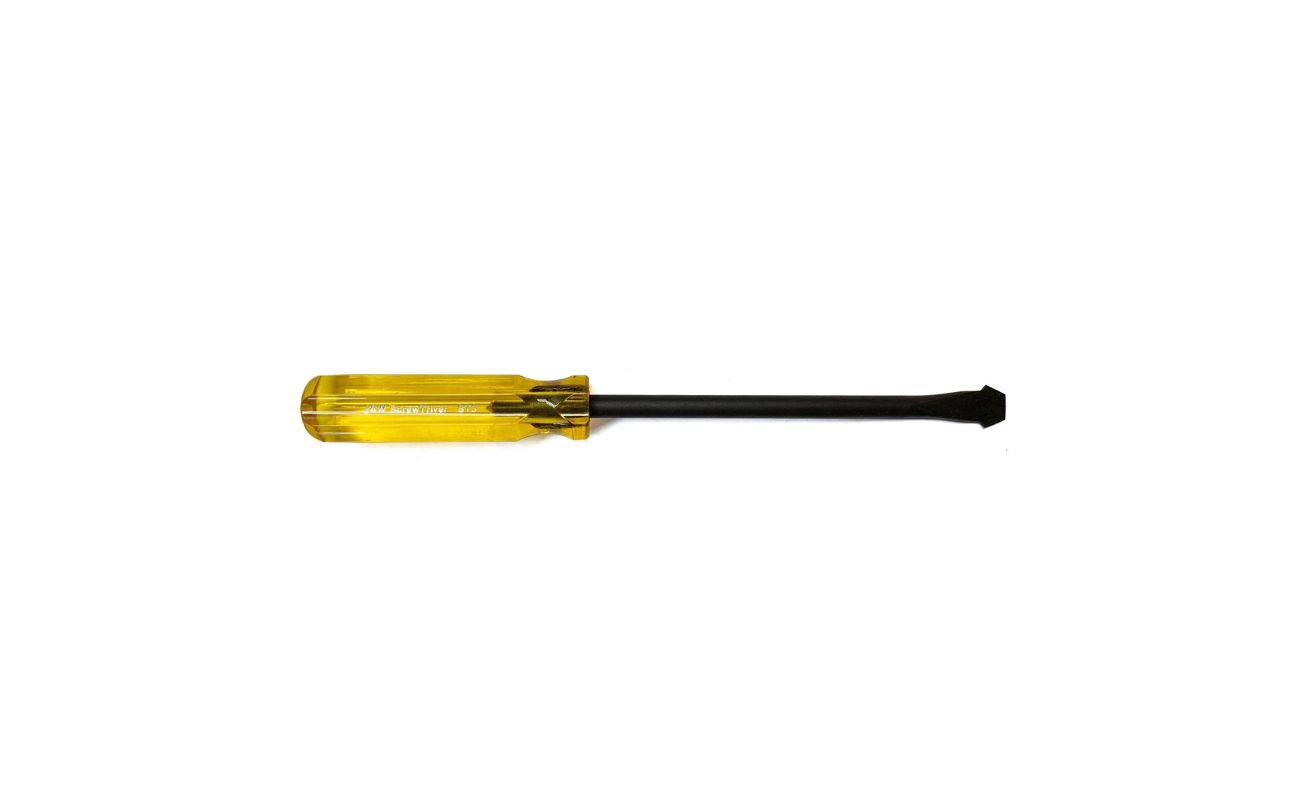
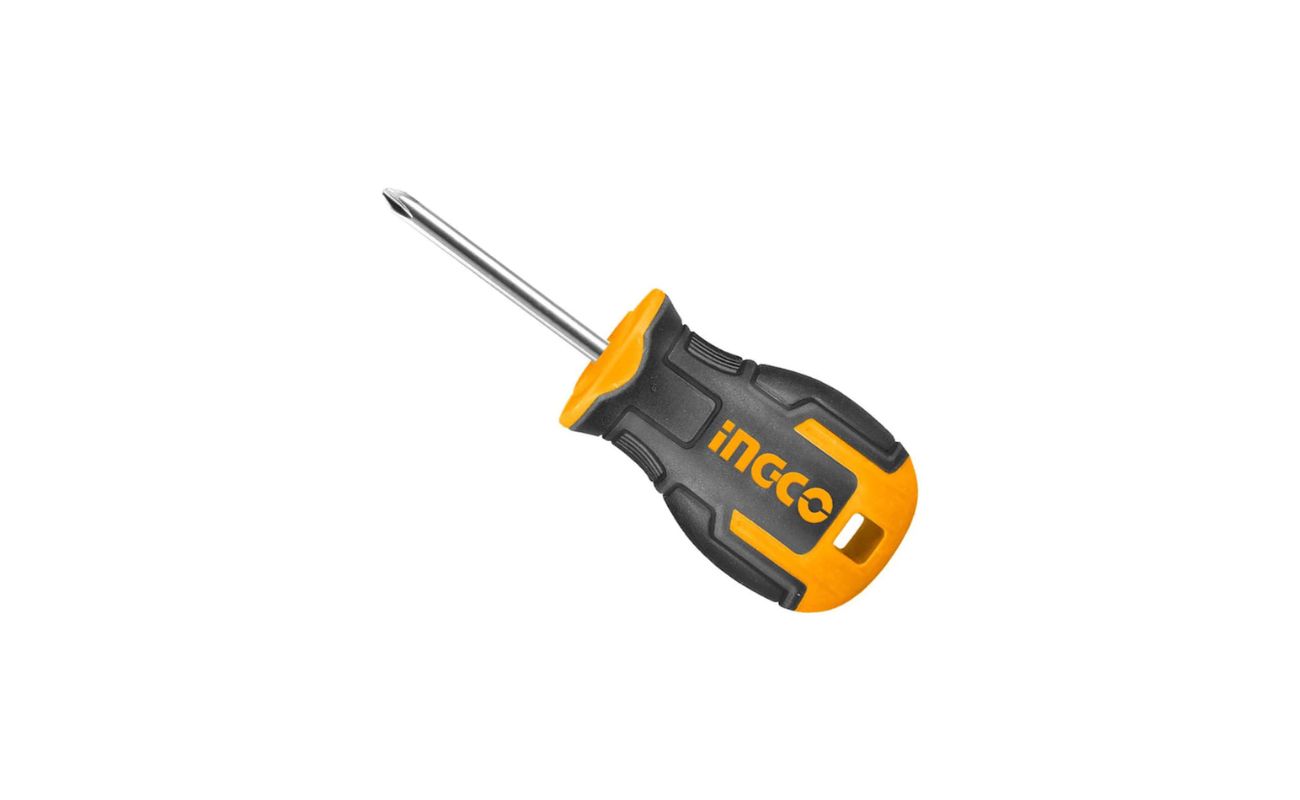

0 thoughts on “How To Store Screwdrivers”